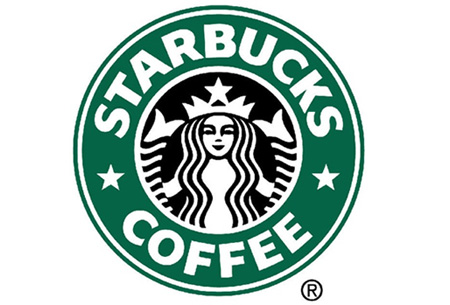The Role of Social in Strengthening Verbal Identity

 Starbucks Branding
Starbucks Branding
We all know the Starbucks story, don’t we? The brand created an entire vaguely-Italian vocabulary around their product experience. Tall, Grande and Venti, among other nomenclature, injects the consumer into the brand experience by forcing the use of their lingo. In turn, the customer journey is enhanced by a language framework unique to their brand. This is one of the keys to their success.
With that in mind, you would think that using Starbucks’ example as a roadmap for creating a strong verbal identity would be a no brainer. But, not so fast, 2013 is not the 1990’s. Nowadays there are two main differences when creating a strong verbal identity. First, brands are no longer one-way storytellers. Brands and brand owners are having an ongoing dialogue with consumers across all channels. As these discussion take place, the perceptions, associations and experiences change on both sides. Second, channels have changed with the advent of social media; conversations now take place online more so than in physical experience. It simply does not work to force a new vernacular on the consumer the way Starbucks was able to. Consumers will revolt and go elsewhere, period, because they expect two-way interaction with the brands they love.
This means that branded vernacular is built more organically than ever through the use of the social media. Social allows a brand to become part of the dialogue by integrating its vocabulary into the conversation when interacting with end users. Brands also adapt approaches and style to best fit the needs of those already talking about the brand.
For verbal branding practitioners, this is the new reality. For those who are focused on using language to create the most relevant tone of voice and messaging for brands, the goal is to create a meaningful, differentiated vernacular that represents the brand experience. The key to today’s reality is that it’s not just about creating words; it’s about adopting and adapting to those that are already being used.
It’s a very different world now compared to the time when Starbucks was teaching all of us the meaning of a Venti, Half-Caf, Skinny, Two-Pump Vanilla, No Whip Latte. It takes getting your hands dirty in social media if you hope to create a branded vocabulary unique to your brand, experience, product or service. A brand’s diligent engagement on social media has become critical to the creation and maintenance of a brand’s verbal identity.
Justin Wartell is Monigle’s Managing Director. He embraces Starbucks’ vocabulary by ordering a large black coffee.
